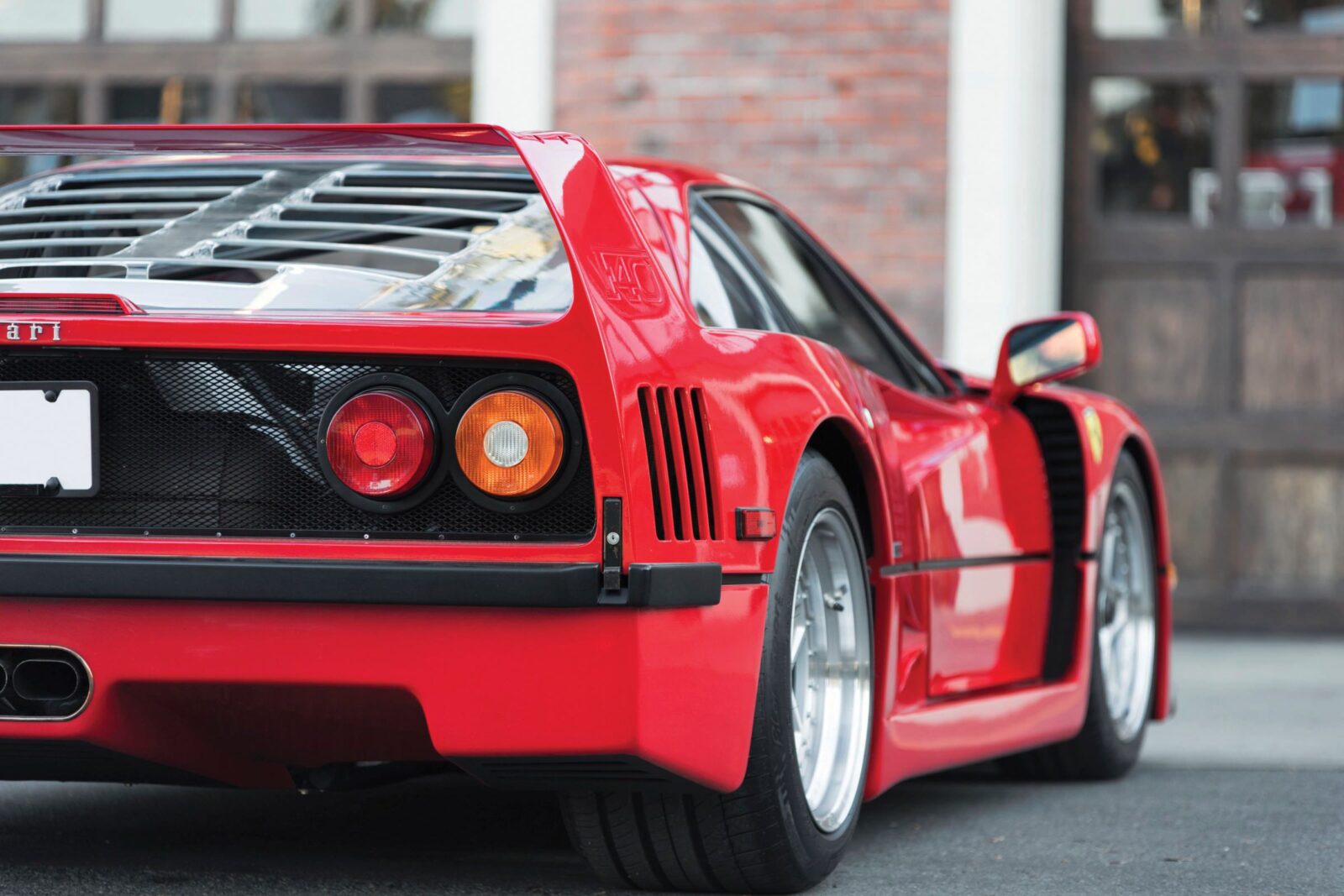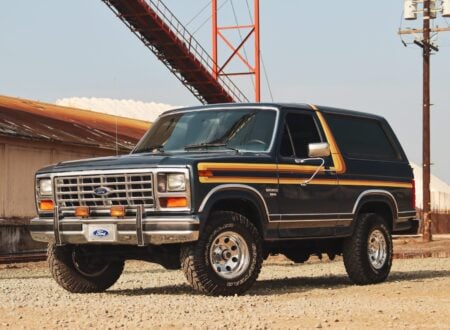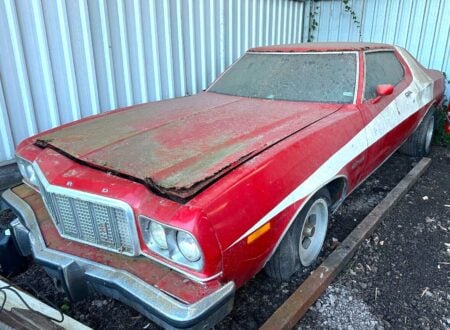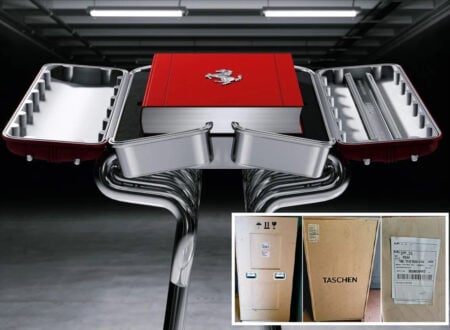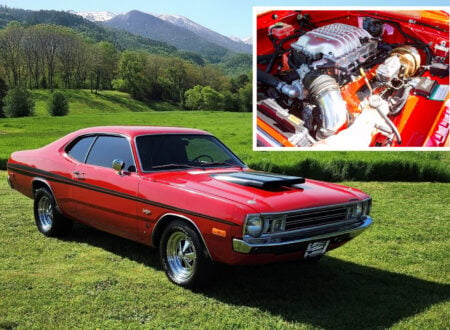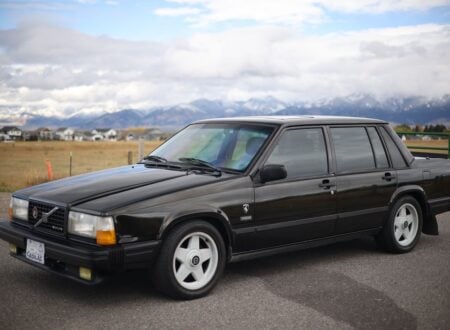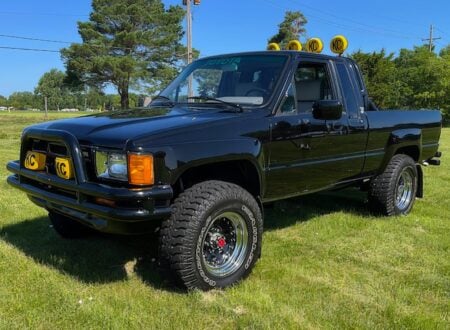As far as supercars go, the F40 is king. It’s not the only king of course, but it’s one of the major ones. It’s kind of like the King Henry the VIII of supercars in that it’ll take as many wives as it damn well pleases, and it’d have no crisis of conscious if it needed to start lopping off heads with an axe.
A SHORT HISTORY OF THE FERRARI F40
Development work on the Ferrari 288 GTO had resulted in the 288 GTO Evoluzione, a car that offered a very clear visual and technical link to the F40. The original intention had been to race against the Porsche 959 in Group B, however the FIA shut down all Group B competition in 1986 – leaving Ferrari with a racing car that had no series to compete in.
It was decided to create an iterative development of the 288 GTO Evoluzione and make it road legal – but keep it as true to its origins as possible. The staggering success of the original Ferrari 288 GTO with both collectors and speculators had shown Ferrari that there would be a market for an extreme car with a price tag approaching $1,000,000 USD. The 40th anniversary of the marque was also approaching, and due to advancing age Enzo likely knew he didn’t have many years left to live.
These factors all contributed to the development of the F40. The “F” stands for Ferrari, and the “40” stands for the 40 years of operation.
Rather than follow the likes of Porsche with the route taken with the space-age 959, Ferrari decided to go the other way, and create a car that was a pure driving experience with no electronic aids and very few creature comforts.
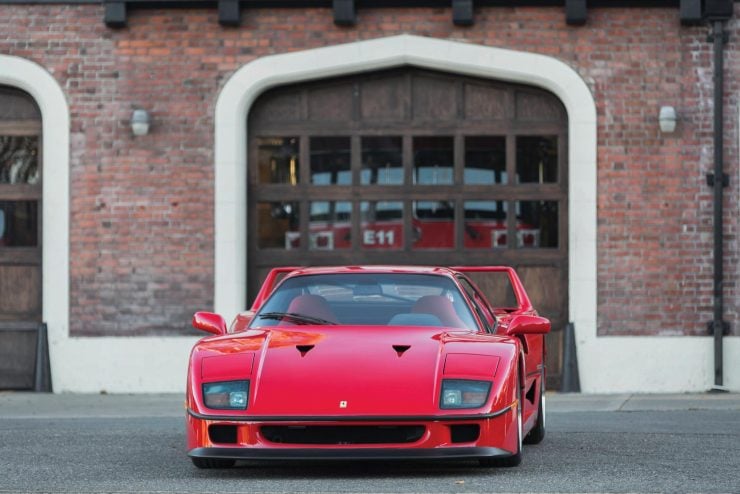
The chassis is a steel space frame, suspension is unequal-length wishbones with coil springs over telescopic shock absorbers both front and rear, and there is no ABS, no power steering, no power brakes, and nothing other than metal, hydraulic fluid, and rubber between the driver and the asphalt.
The mid-mounted V8 has a capacity of 2936cc, a 7.7:1 compression ratio, double overhead camshafts per bank, four valves per cylinder, Weber-Marelli electronic fuel injection, twin IHI water-cooled turbochargers and a pair of Behr intercoolers. Power was listed as 478 bhp at 7000rpm, and the top speed was 197 mph – although some took it to 199 mph, and some claimed figures at or just over the magic 200 mark.
An in-period review by Car and Driver helpfully noted that insurance premiums were $15,000 (every 6 months), it cost $12,000 a month to finance over 5 years, and perhaps most importantly it could manage 122 mph in a quarter-mile sprint.
Perhaps the one place where Ferrari allowed a hat tip to modernity was in the construction of the body. It was made of Kevlar, carbon fiber, and aluminum alloy to keep weight as low as possible (1,369 kgs (3,018 lbs)), and the shape was crafted through an extensive aerodynamic testing regimen.
When you bought one new the F40 came with no spare tire or jack, no stereo or glove box, there was also no trunk or cigarette lighter. Perhaps surprisingly it could be ordered with air conditioning, though this may have been a matter of necessity as the heat generated by the engine was significant – particularly in warmer climates.
Over the course of the 1987 to 1992 production run Ferrari built 1,311 F40s, those that have survived to the modern day are highly sought after, and no Ferrari collection is every truly complete without at least one.
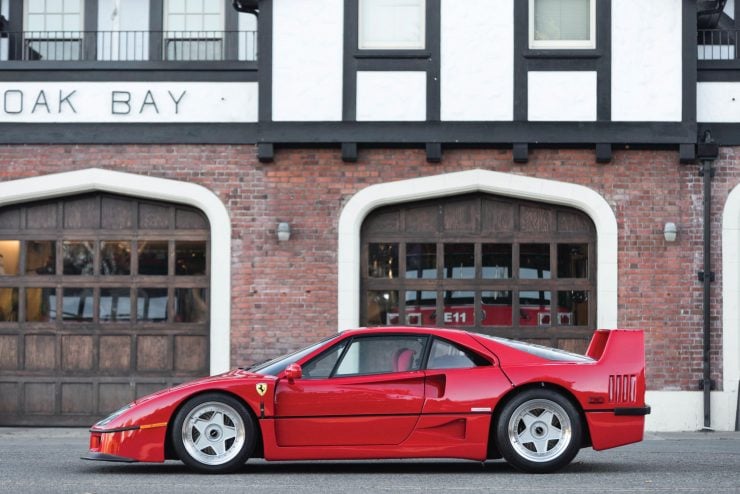
The US-Spec Ferrari F40 Shown Here
The car you see here is a 1990 US-spec F40, with the catalytic converter and non-adjustable suspension required by the ever-intrusive Department of Transportation. Only 213 US-spec F40s were built – and this one has just 8,100 documented miles since it was delivered new in 1990 to Steve Harris Imports, the official Ferrari distributor in Salt Lake City, Utah.
After just 485 miles and 4 years the first owner sold the car on to David Belding of Las Vegas, the founder of Gold Strike Resorts who had sold his empire the same year. It’s likely that the F40 was a gift to himself, and he kept it for almost a decade.
Over the intervening years the car passed through a small number of hands, covering well under 10,000 miles and managing $118,000 in service records – including a major belt service at 7,977 miles.
The car is now due to be sold with RM Sotheby’s on the 6th of December, the estimated hammer price is between $1,200,000 and $1,400,000, and you’ll need to make your way to New York to bid. If you’d like to read more about it or register to bid, you can click here to visit the listing.
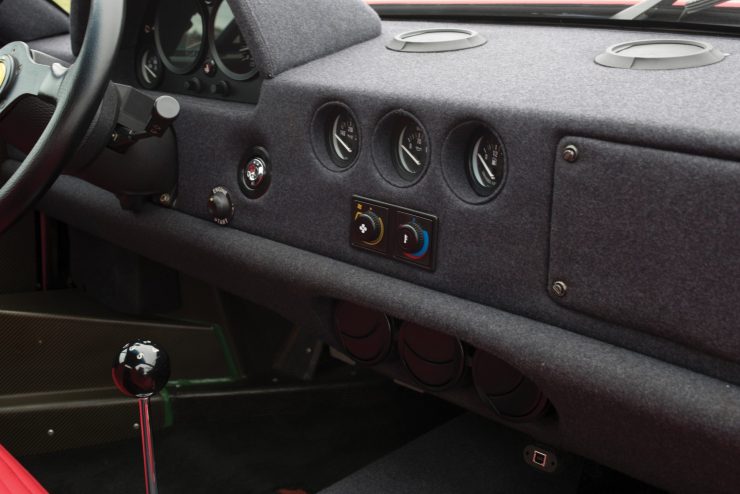
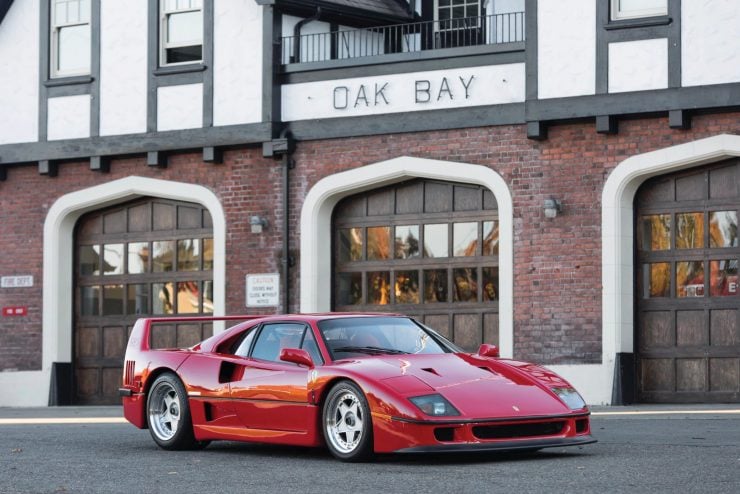
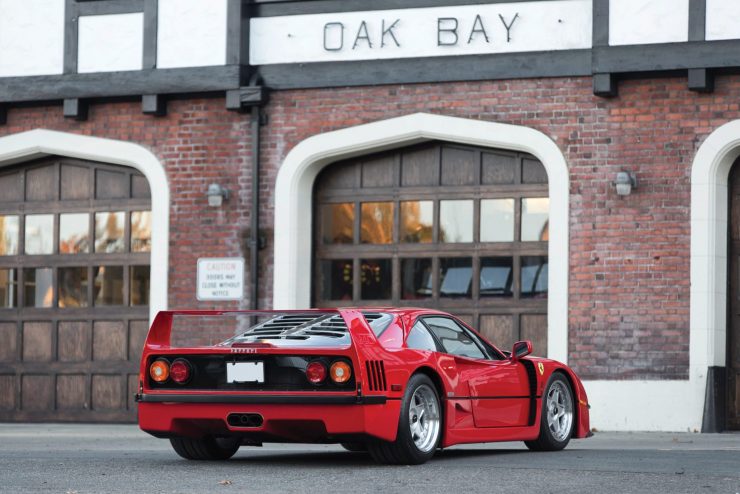
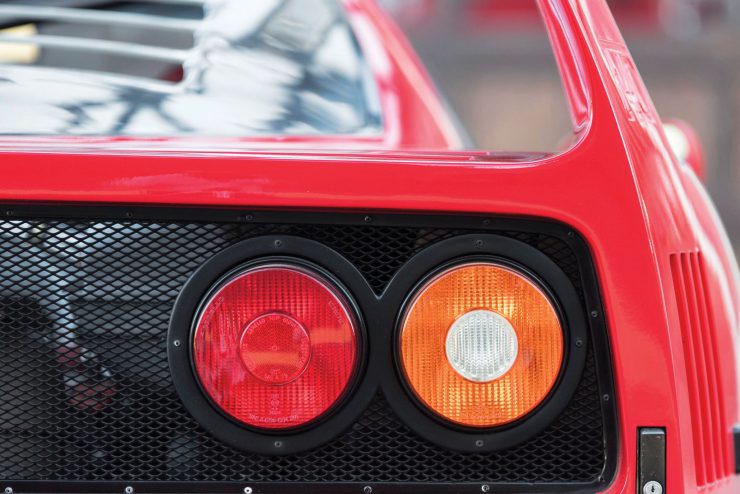
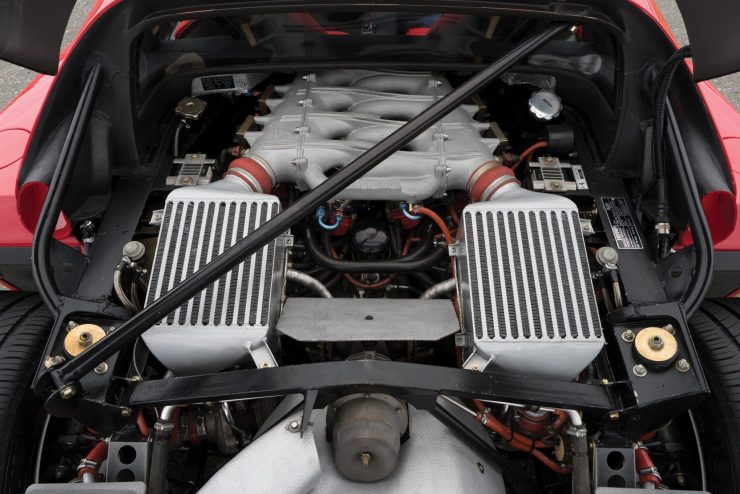
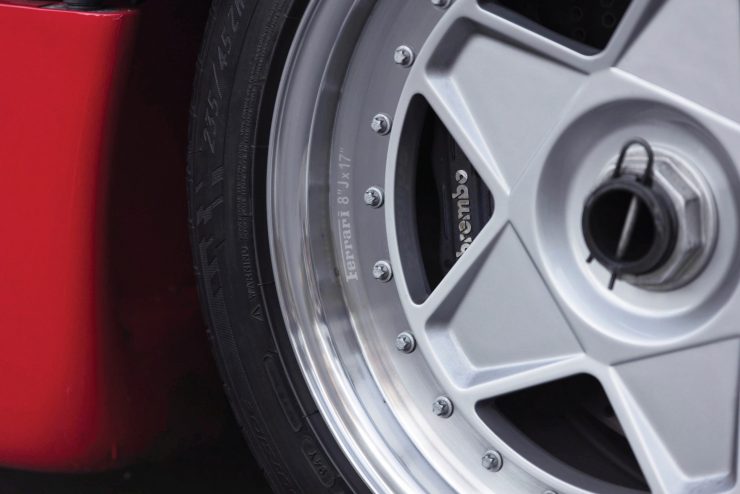
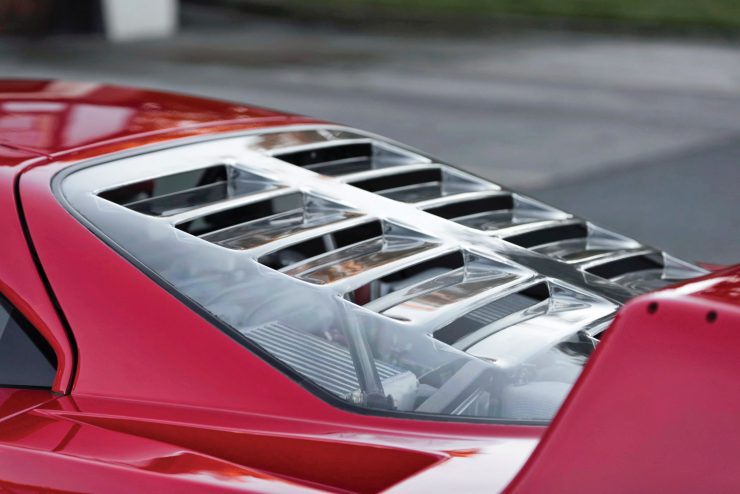

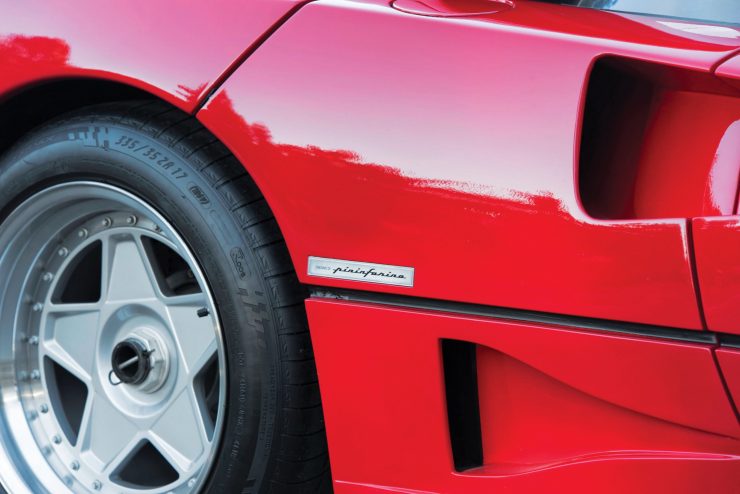
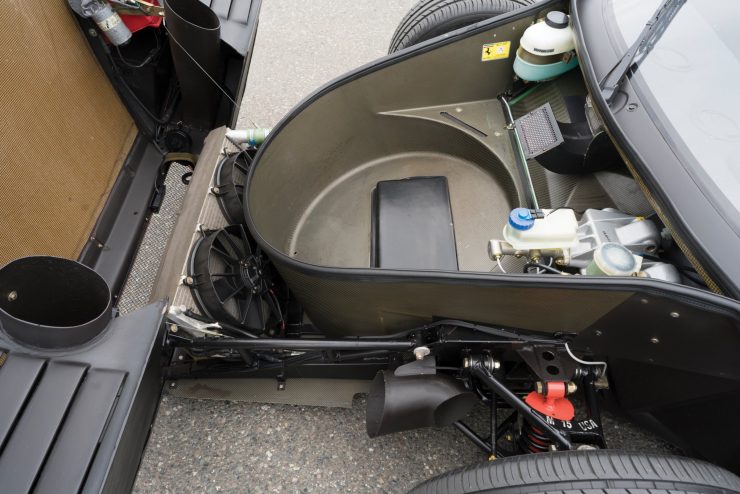
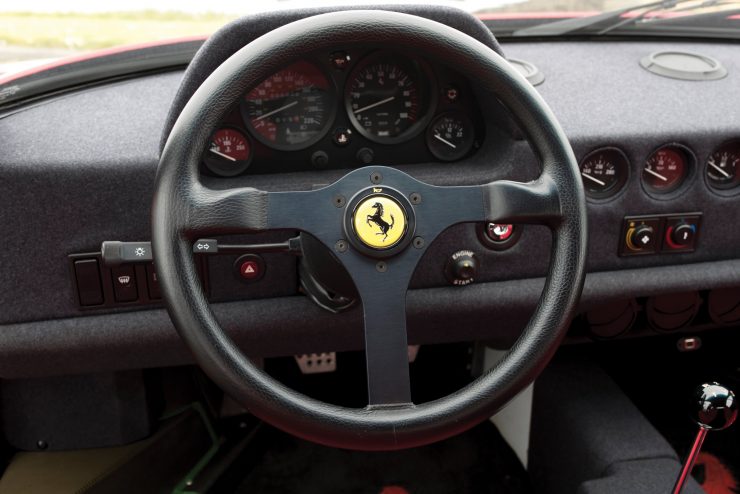
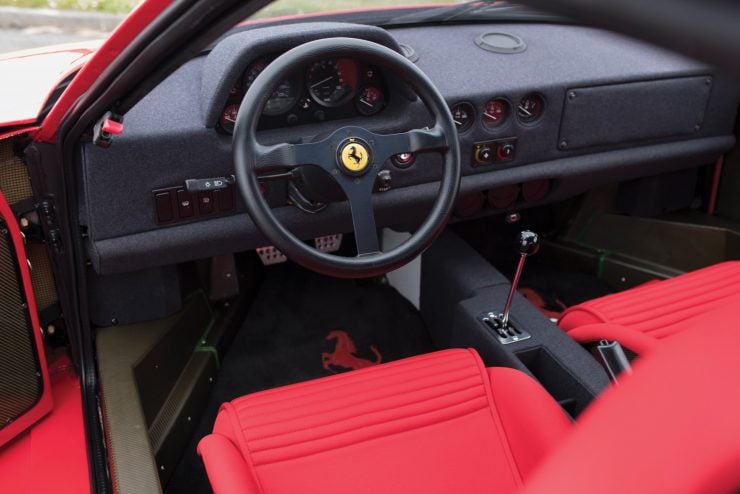
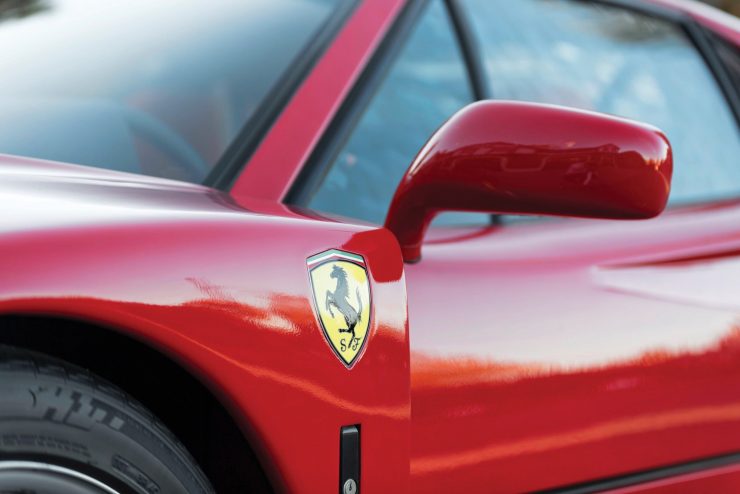
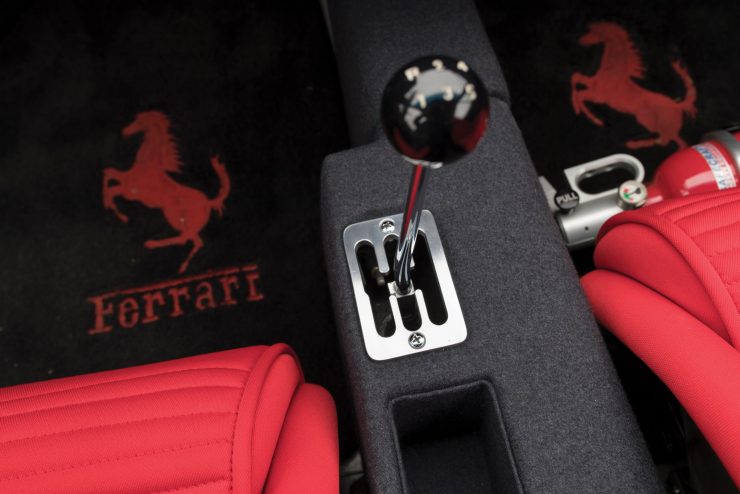
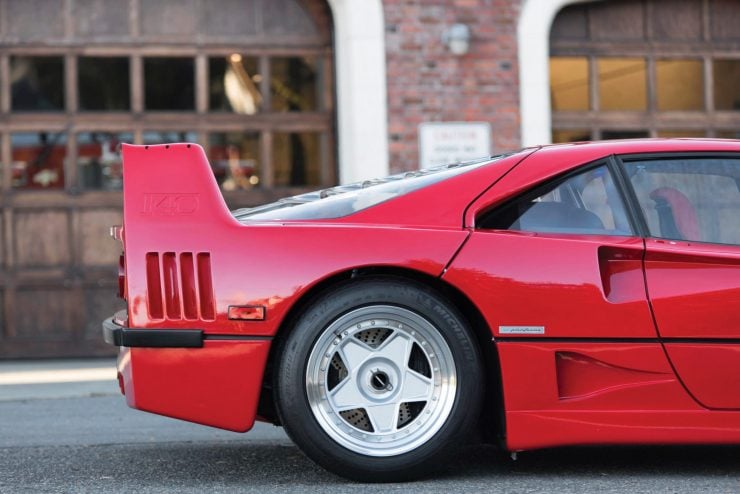
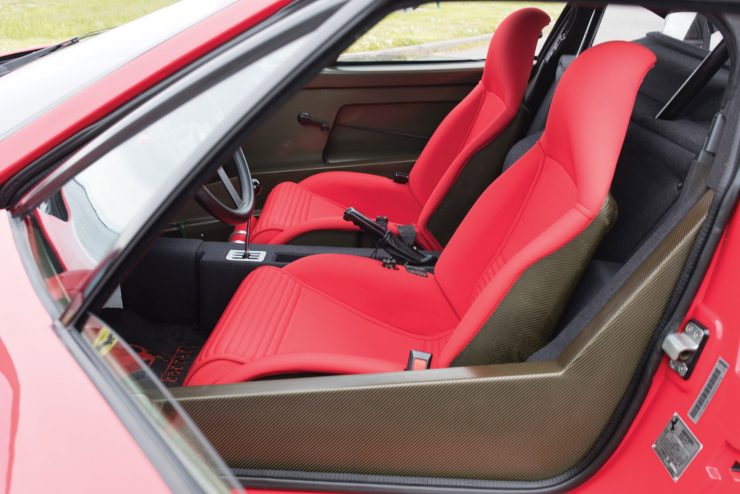
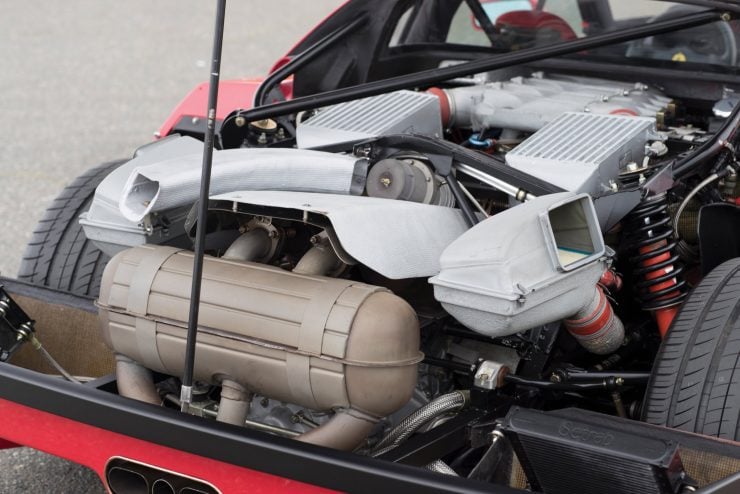
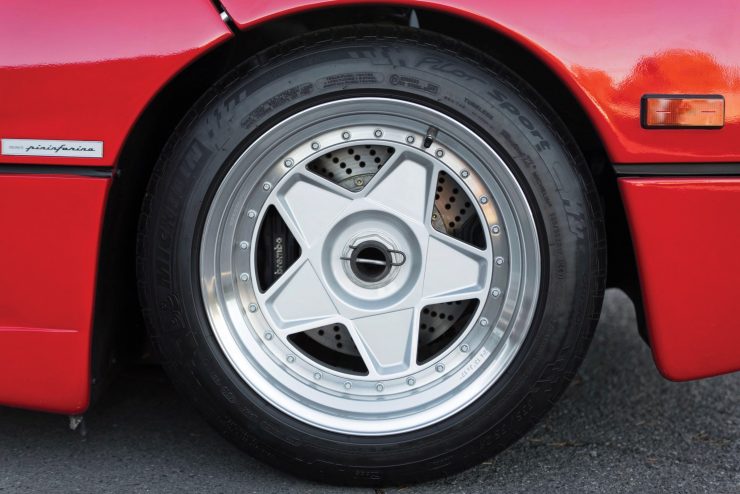
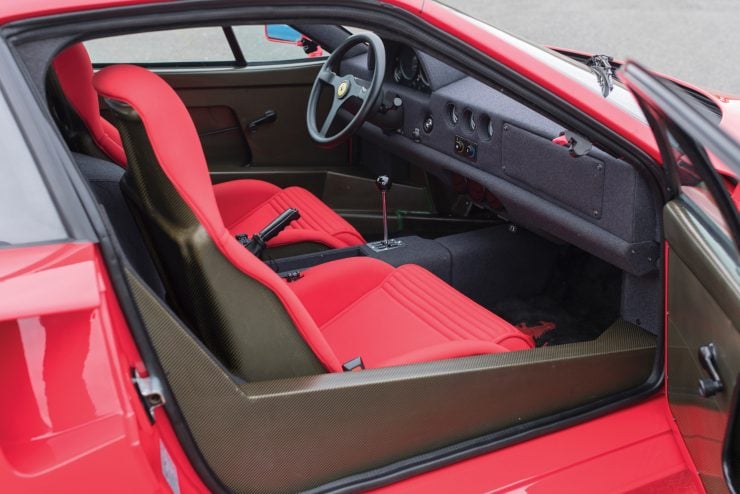
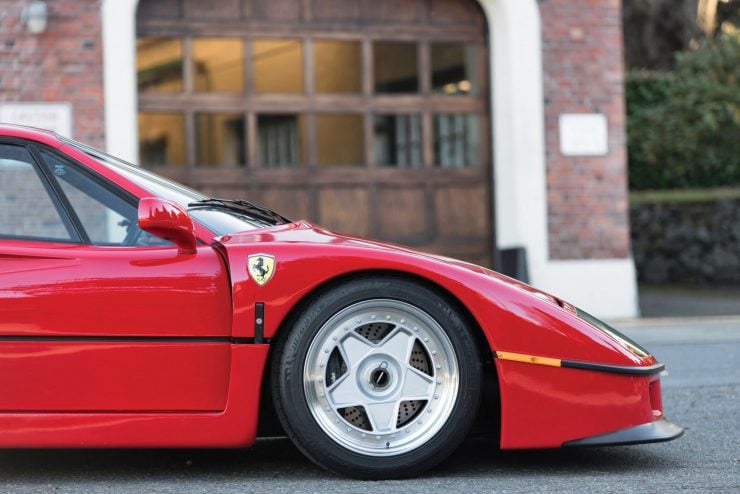
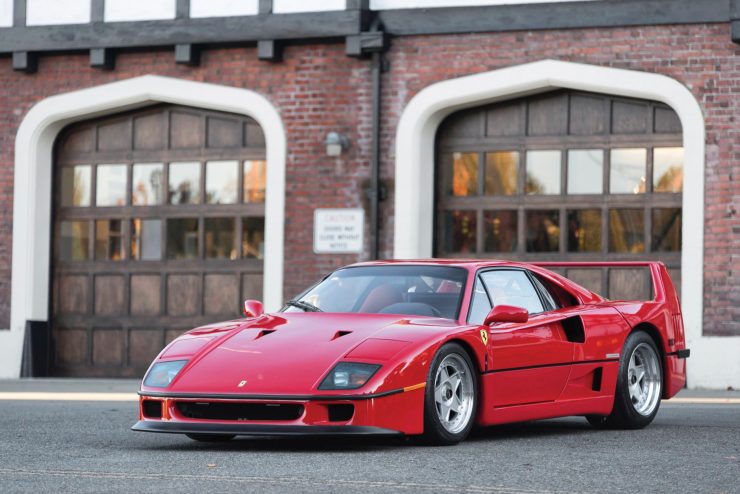
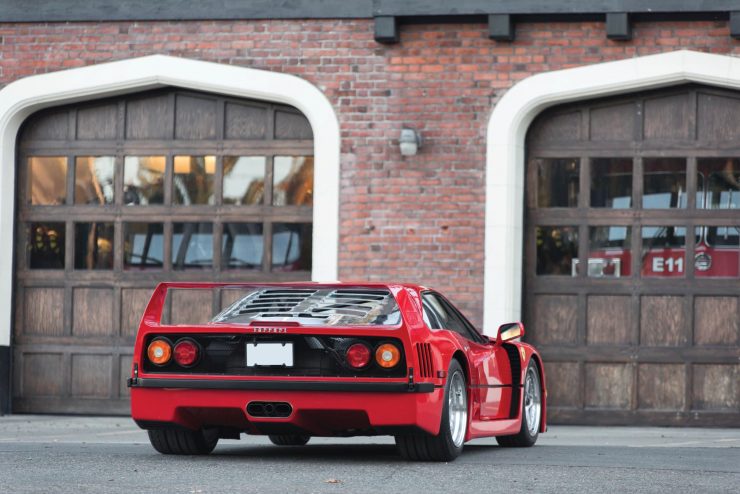
Images courtesy of RM Sotheby’s 2017

